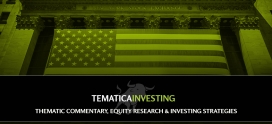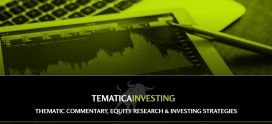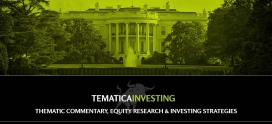Breaking Down What Fed Chair Powell Said Yesterday
As most if not all of us know by now, yesterday was the day of the Fed’s December Federal Open Market Committee (FOMC) meeting and as expected it boosted interest rates. No surprise there. Coming into the FOMC meeting, we were concerned that we might have a “buy the rumor, sell the news” situation. That’s not quite what we received. What we did was a different kind of indigestion for investors that led to a sharp reversal in all the major stock market indices from up nicely ahead of the report to down sharply following it. That indigestion was caused by the news the Fed expects to boost interest rates two additional times in 2019. That’s down from the three hikes it telegraphed exiting its September monetary policy meeting, but up from the one rate hike the stock market and investors had come to expect in recent weeks as economic data pointed to a cooling economy.
Now the Fed did trim back its GDP expectations some for both this year and next. Its revised 2018 forecast stands at 3.0% vs. the prior 3.1% issued in September. For 2019, its revised GDP forecast is at 2.3%, down from the prior 2.5%, which was also issued its September meeting. The Fed still sees the economy ticking down to 2.0% GDP in 2020 and 1.8% in 2021. You’ll note this is a different forecast than the one we shared with you recently that was from the recent Duke University/CFO Global Business Outlook survey that showed almost half (48.6%) of US chief financial officers believe the United States will be in recession by the end of next year while 82% of CFOs surveyed believe that a recession will begin by the end of 2020.
Does the Fed and its FOMC voting members think like investors or business people?
No. They tend to think more like academics, and if you’ve seen the clip from the Rodney Dangerfield movie Back to School you’ve seen a very funny depiction of the differences between academia and the real world. If you haven’t seen it, here it is.
For the record, the Fed’s revised GDP forecast is pretty much in line with the Economic Forecasting Survey published by The Wall Street Journal, which sees GDP at 3.0% this year and 2.4% next year.
In listening to Chairman Powell, it reminds us that Fed policy is not set in stone and the Fed will continue to be data dependent. Therefore our thought is the Fed is somewhere between the Duke poll mentioned and the consensus view that economic growth will slow next year. As we see it, this means the Fed is more likely to raise interest rates as much as in sync with its mandate to get as much monetary policy firepower back into its war chest before the next recession be it starting in late 2019, 2020 or 2021.
Could the Fed have come out and dropped its rate hike forecast to 1 from the three it telegraphed in September?
Sure, it could have, but we very well could have had another issue hit the market. “What does the Fed see that would cause it to cut that forecast so hard?” Or “How come the Fed is cutting to one rate hike even though its forecast is for GDP to be better than what we’ve seen over the last several years?”
Remember, the Fed tends to be about baby steps given its role as a cheerleader for the economy. That means it’s probably weighed how a cut from three rate hikes to one would be perceived – it could be interpreted as the economy has slowed dramatically. Plus, the Fed can always course correct on the speed of rate hikes later. Imagine the criticism is the Fed said it expected only one rate hike next year, and wound up having to raise them twice.
As I thought about it, Powell and the Fed took the right course of action.
So… Will we have one or two rate hikes in 2019?
The oncoming data will tell us, and for now, we’re still in expansion mode. Should the order component of the monthly IHS Flash PMI reports dip into contraction territory with a reading below 50, then we’ll know we’re in for a more pronounced slowdown in the economy or not.
From a thematic perspective, as the Signals we post tend to show, we continue to see confirming signs of the changing landscapes (economic, demographic, psychographic, technology and a few others) that give rise to the thematic tailwinds that power our 10 investing themes. We too are data dependent and will continue to watch the signs and signals for not only the overall themes but the companies that reside on both the Thematic Leaders and the Select List.




